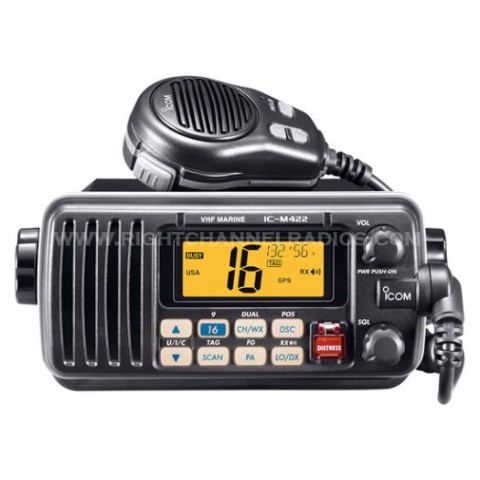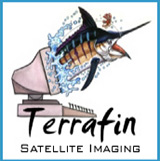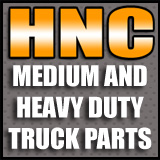NJ Saltwater Fisherman - Your #1 Source For Fishing In NJ
- Details
- Category: Latest News
- Published: Tuesday, 25 January 2011 16:50
- Hits: 36360
A Fisherman's guide to VHF Marine Radios
Why VHF Marine Radios are important safety tools and their proper use.
 When you purchase your first fishing boat it is a landmark
experience. Visions of future fishing trips with friends and huge catches begin
playing in your mind. Typically the last thing you are thinking about when you first
get a boat is how to efficiently communicate when you on the water. After all,
there are too many fish to be caught and brilliant ways to find them.
When you purchase your first fishing boat it is a landmark
experience. Visions of future fishing trips with friends and huge catches begin
playing in your mind. Typically the last thing you are thinking about when you first
get a boat is how to efficiently communicate when you on the water. After all,
there are too many fish to be caught and brilliant ways to find them.
Normally it just takes one experience in rough water or dense fog to ask yourself the question "How exactly do I use that radio?". Throughout the years the VHF radio has been the primary communication tool for mariners and it is one of the most important safety tools on your boat. In the event of an emergency the VHF marine radio allows you to contact other boats for assistance, assist others in trouble, relay your exact coordinates and information, and coordinate with other vessels on the water.
Necessary VHF radio equipment
If your fishing boat does not come equipped with a VHF radio you will need to purchase one. VHF radios come in either handheld or fixed mount versions. Handheld radios are generally cheaper while fixed mount radios achieve greater range. Respected manufactures of both handheld and fixed mount radios are Icom marine radios and Standard Horizon radios. If you purchase a fixed mount radio you will also need to purchase a VHF antenna and a mount. Respected antenna manufactures are Shakespeare antenna and Digital Antennas as their products are proven to perform and withstand harsh conditions.
Using your VHF Radio
In order to communicate with other vessels there is a protocol for speaking over the marine radio channels. Following is an outline of the process of using the VHF marine radio.
Monitoring radio communication
When you are on the water you should always have your VHF radio turned on and tuned to channel 16 (the primary emergency channel). Many VHF radios have a feature called tri-watch, which allows you to monitor channels 16 and 9 while communicating over another channel.
Channel 16 is the emergency and hailing channel. It is used to communicate urgent messages and emergencies. Distress calls such as MayDay, Pan-Pan, and Securite are broadcast on Channel 16.
Radio Checks and other non-critical communication are often initiated on channel 9
Making a Distress Call
If the need arises for you to transmit an emergency call on channel 16 follow the proper communication process:
With the radio tuned to channel 16, key the mic, and repeat the necessary emergency prefix three times followed by the name and description of your boat, the nature of the call, and your location. The response by the Coast Guard and other vessels will depend on the nature of the call.
The Emergency Prefixes are:
MayDay
MayDay is the most serious emergency prefix and means that there is imminent danger to life or that the viability of the vessel is compromised. This is a call for rescue and receives an immediate rescue dispatch.
Pan-Pan
Pan-Pan is used to signify that there is a urgent matter on board the ship but that there is no immediate threat of death or of the ship sinking. This will inform rescuers that a safety problem exists but doesn't warrant the same response as MayDay.
Securite
Securite alerts mariners of important safety information. The most common use is to report navigational warnings or severe weather information. This could also be used if harmful debris was spotted in the water.
Responding to a Distress Call
If you hear a distress call while monitoring channel 16 the first thing you should do is record the information in the distress call on a piece of paper and then wait and listen for the response from the Coast Guard.
If you do not hear a response from the Coast Guard after two minutes then you should repeat the information in the distress call while clearly communicating that you are relaying the message.
Standby channel 16 and wait for instruction from the Coast Guard.
Be prepared to assist the vessel in distress if you are able.
Using DSC Technology
Many of the newer VHF Marine radios come with a feature called Digital Selective Calling (DSC). In a distress situation DSC is used to quickly communicate who you are, where you are, and what channel you wish to communicate on. DSC is a more efficient method of sending distress calls as it removes the need for you to verbally communicate your information over channel 16. Because DSC is a digital coded signal the communication cannot be blocked by another vessel that is communicating on the same VHF channel.
DSC works in conjunction with your GPS and enables you to broadcast your exact location to the Coast Guard and any other ships in your area that are also equipped with DSC. DSC is a common feature on both fixed mount and handheld vhf radios and has helped increased the response time of the Coast Guard to distressed mariners and to ultimately save lives.
So as you are pursuing your fishing dreams be sure that you know how to operate your VHF radio as it will help to ensure that you can continue pursuing that perfect catch for years to come.
LINKS -
1) VHF marine radio (http://www.rightchannelradios.com/vhf-marine-radios-150/)
2) Icom marine radios (http://www.rightchannelradios.com/vhf-marine-radios-150/icom-marine-radios-151/)
3) Shakespeare antenna (http://www.rightchannelradios.com/vhf-marine-radios-150/shakespeare-antennas-157/)
4) handheld VHF radios (http://www.rightchannelradios.com/vhf-marine-radios-150/vhf-marine-radios-handheld-156/)







